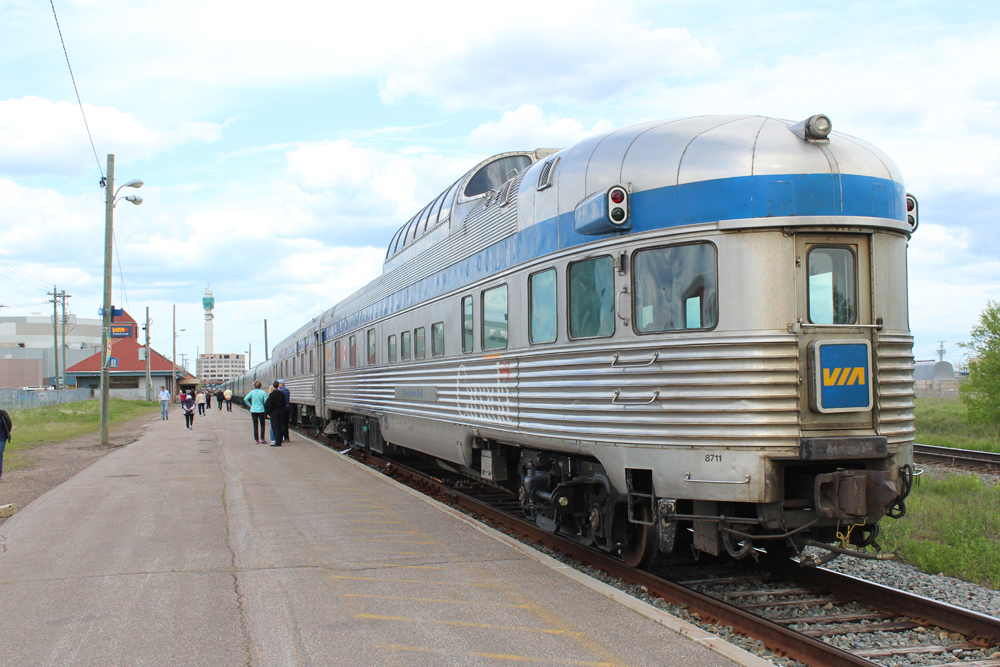
MONTREAL — When a passenger operator is forced to survive on a budget insufficient to provide service capable of satisfying its country’s travel needs, while on-time reliability remains hamstrung by host railroads, it is almost impossible for the person in charge to make a difference.
The abrupt departure of VIA Rail Canada CEO Cynthia Garneau after three years is seen by many Canadian observers as recognition of that reality [see “VIA Rail Canada CEO Garneau resigns,” News Wire May 21, 2022]. But the move was likely set in motion in March when Transport Minister Omar Alghabra announced at a VIA facility, without Garneau in attendance, that his department would essentially usurp her role as “High Frequency Rail’s” primary overseer.
Corridor involvement to be limited
The theoretical, if not practical, idea of a separate Quebec City-Montreal-Ottawa-Toronto route mostly under VIA control affords the promise of more frequencies unencumbered by Canadian National-dictated dispatching and capacity limitations.
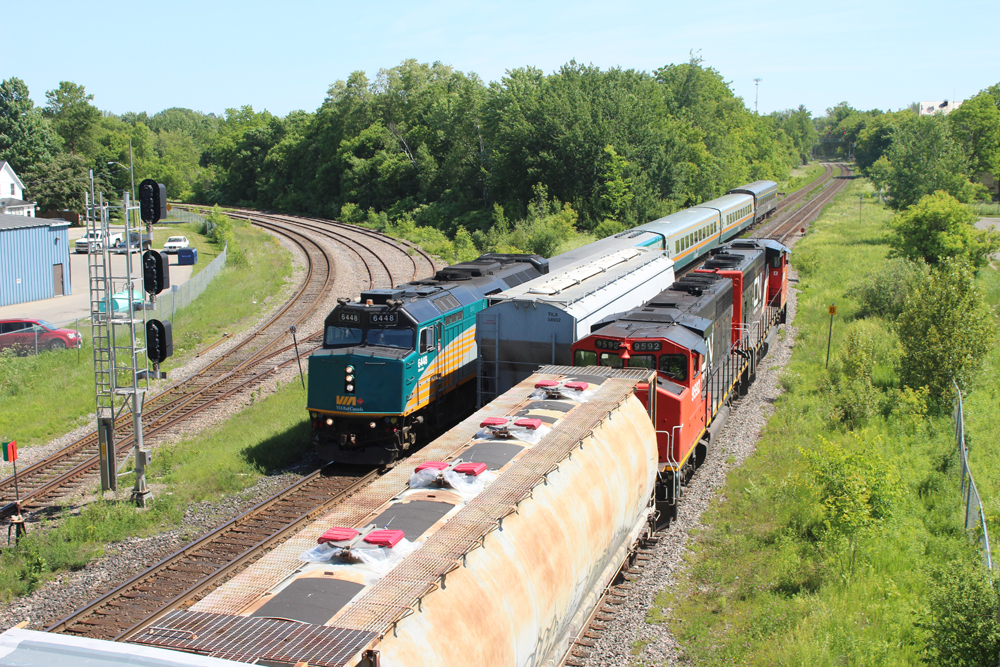
Now that initiative, first championed in 2016 by Garneau’s VIA predecessor, Yves Desjardines-Siciliano, will instead be managed by a “Transport Canada/VIA HFR Joint Project Office.” The new arrangement was devised to entertain “expressions of interest” from private investors who might bear some of the risk on what has been estimated as a $12 billion investment [see “Transport Canada inches forward …,” News Wire March 10, 2022].
Toronto-based investigative reporter Greg Gormick notes that as Transport Canada effectively takes control away from VIA, the High Frequency Rail Project is now getting C$491 million ($383 million in U.S. dollars) for planning and engineering studies in 2022’s “Government of Canada Budgets and Main Estimates.” This compares to a combined total of C$78 million ($60.8 million U.S.) allocated to VIA alone for the previous six years.
“VIA capital investment over its 45-year life has been little more than a government yo-yo, with spurts in 2001-2002 for P42 locomotives and Renaissance equipment, nothing in 2005-2006, and economic stimulus funding in 2010-2012 for corridor improvements,” Gormick tells Trains News Wire. He says research for his forthcoming book, Railroaded: the Life, Near-Death and Future of Canada’s Passenger Trains, also reveals that “no VIA president has ever departed or ‘retired’ of their own free will. The senior executives and directors all serve ‘at pleasure,’ which means by the political whims of the federal government.”
CEO faced challenges
Garneau was installed by Prime Minister Justin Trudeau’s Liberal Party to replace Yves Desjardins-Siciliano, the Conservative holdover who first proposed High Frequency Rail. Interestingly, Desjardins-Siciliano is now CEO of Siemens Mobility Canada, the company providing trainsets to replace VIA’s aging LRC (Light, Rapid, Comfortable) Bombardier equipment dating from the early 1980s.
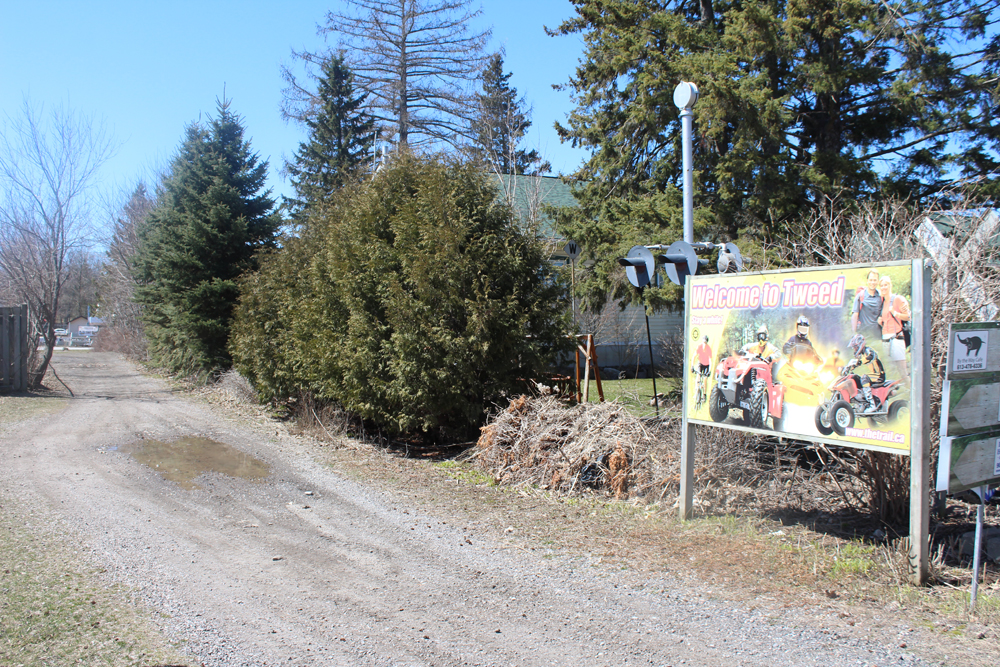
A separate right-of-way was deemed necessary largely because Canadian lawmakers won’t require CN to make room for punctual passenger trains. Meanwhile, VIA was expected to rebuild post-pandemic patronage generally within the same budget constraints it has has always endured.
“Garneau faced a difficult challenge from the get-go,” says Ted Bartlett, president of the Transport Action Atlantic advocacy group. “She was new to the company and its culture, had no railroad background nor any experience in an organization carrying passengers, and had been at VIA only 10 months when the Covid 19 pandemic struck.”
Bartlett also tells News Wire, “Her tenure will not be remembered as being positive for Atlantic Canada. Our group was unable to obtain a meeting with her — not even a virtual one — during those three years, further reinforcing our perception that, in VIA’s view, Canada ends at Quebec City.”
Stringent Canadian health regulations prompted the company to suspend all service for months outside of the Quebec-Windsor corridor. Slow restoration — initially only once per week for remote service and long-distance trains — exacerbated VIA’s limited recognition in public consciousness. When trains don’t operate at least daily, travelers are prone to look for reliable and convenient alternatives elsewhere and are likely to stick with them.
“VIA is almost invisible in Canada. They don’t run anything to speak of outside the Montreal-Toronto corridor,” former Amtrak president David Gunn tells News Wire from his home in Nova Scotia. “Two trains per week to Halifax (from Montreal) and two to Vancouver (from Toronto) is sad to watch; and VIA doesn’t even defend its own interests.”
Will patronage return?
Now that Canadians and many international visitors are ready to travel again, the company on June 3rd will restart a third weekly Ocean round trip with a mix of Renaissance and Budd-built HEP-1 cars. More corridor frequencies will return June 9 and all remote-service trains will resume triweekly operation by the end of June [see “VIA’s Canadian restores dome access …,” News Wire, March 14, 2022]
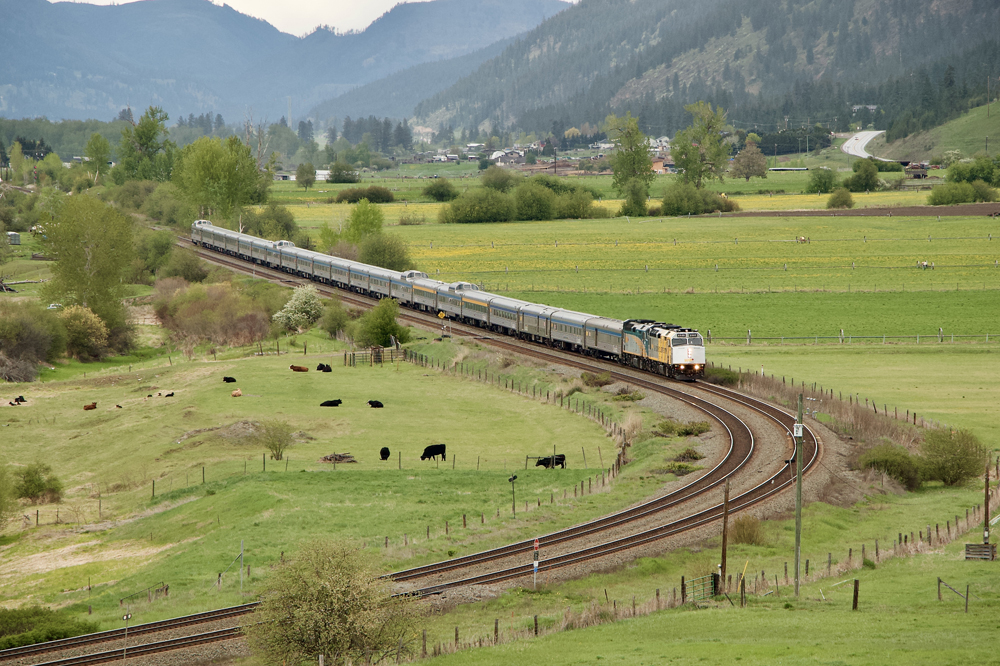
Unlike Amtrak, VIA has succeeded in bringing back enough equipment to accommodate a demand surge that may result from pent up wanderlust and high gas prices, but VIA’s fares are expensive. For anyone attempting to plan a trip who is unfamiliar with the carrier’s routes and onboard service, the company has not restored printable timetables on its website that show when and where trains go.
A recent News Wire spot check of Ocean and Canadian availability throughout the summer shows very few sleeping accommodation or economy-class sellouts. Extra spending on promotion might pay dividends to fill that capacity, but perhaps a budget straightjacket didn’t allow VIA to play catch-up by aggressively changing its marketing and pricing model in a bid to capture business. Observers believe this situation may have contributed to Garneau’s resignation.
As Gormick colorfully concludes, “VIA remains a rudderless beast that once again could wind up resembling a beached whale, given the often conflicting and changing sailing orders it receives from Ottawa.”






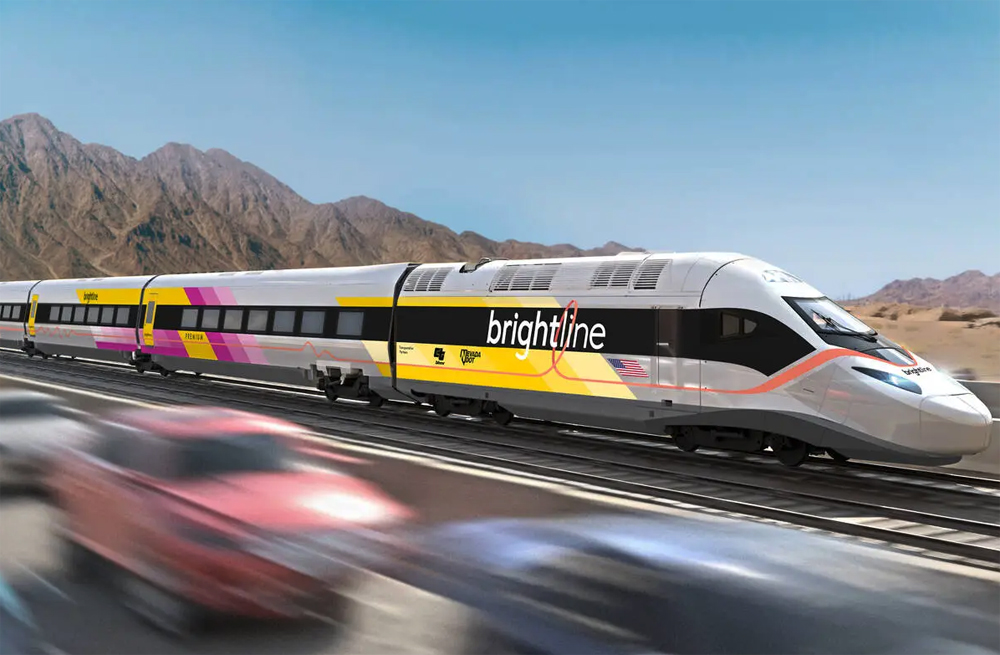
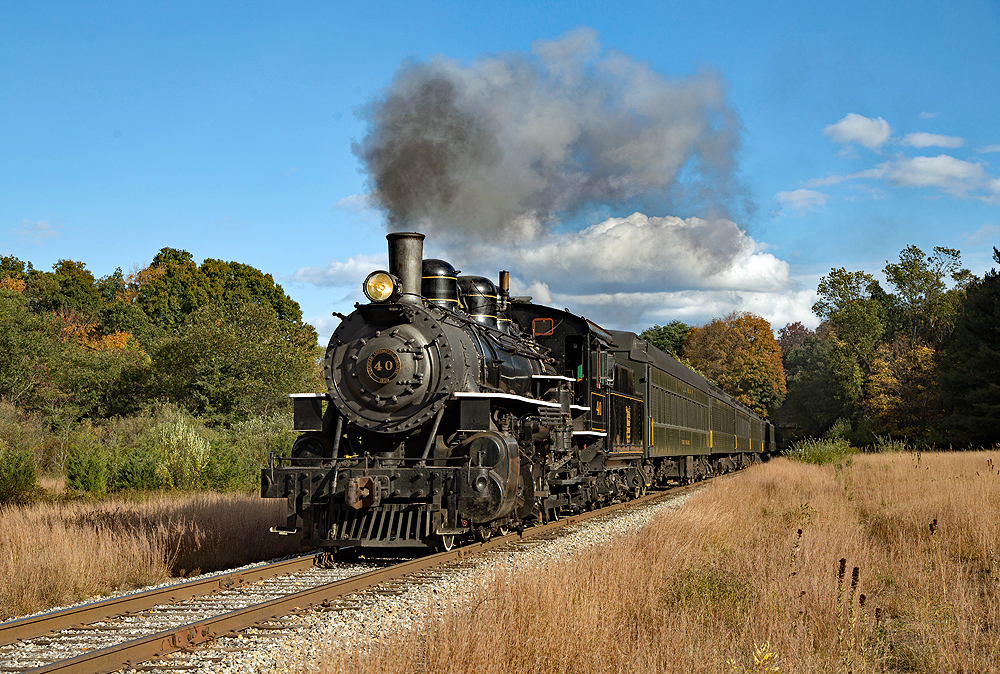
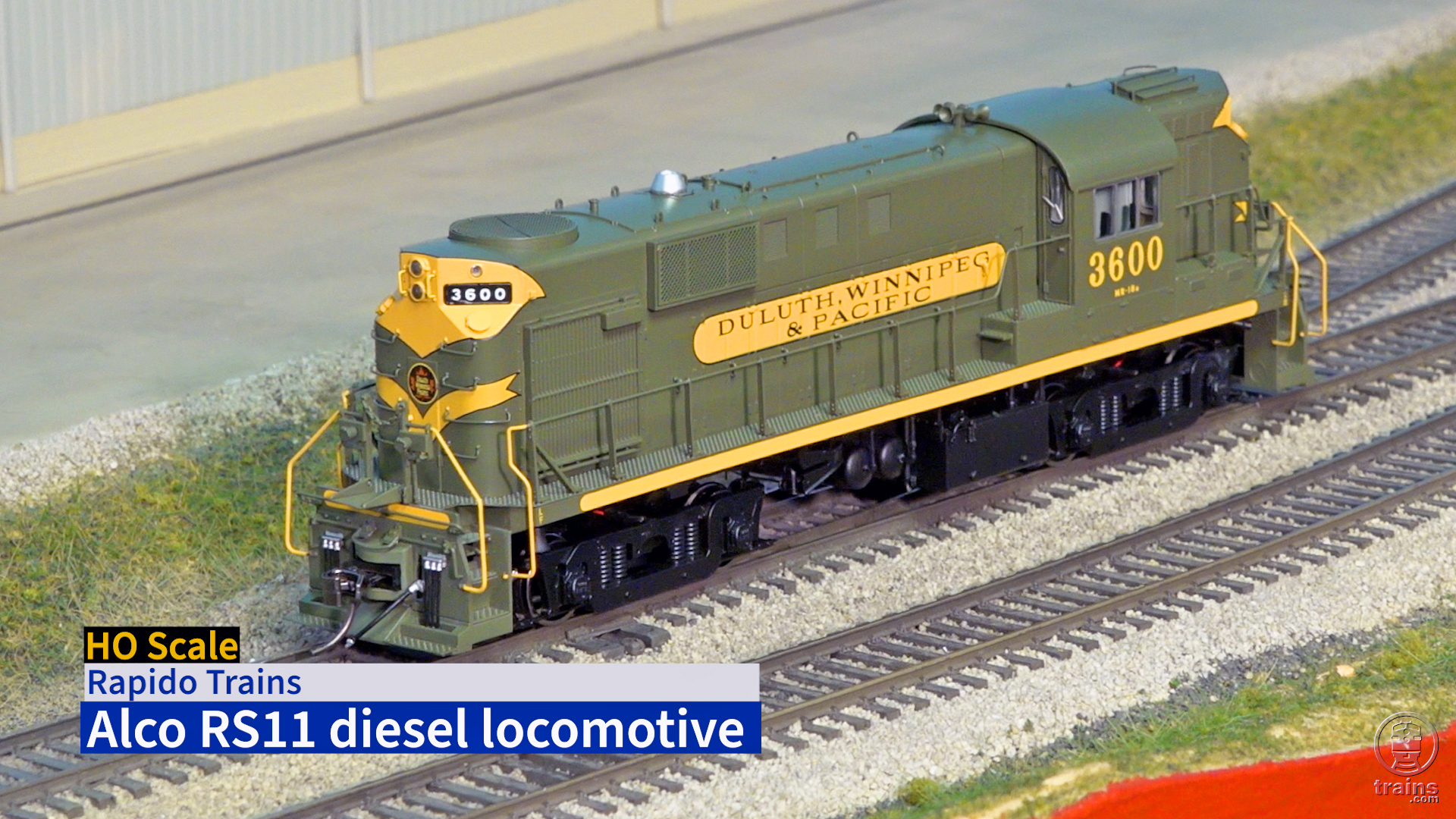
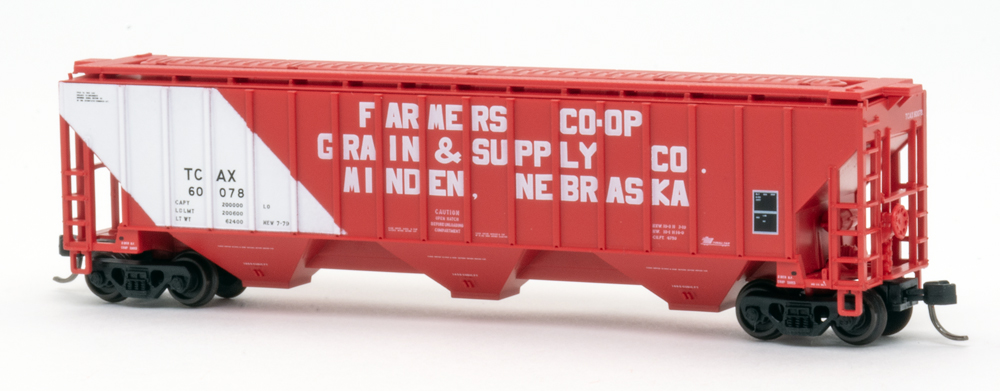




As Rahm Emanuel practiced at the feet of President Clinton, “You never let a serious crisis go to waste.” The upside to the prevailing winds impacting VIA is what the USA can learn by Canada’s Transport Minister taking over control of the High Frequency Rail project.
Rather than allowing Amtrak to continue to falter and fail, Congress should seize the opportunity to push aside the comical Secretary of Transportation, his new found cronies in Amtrak’s corporate management, and the fluff proposed for the Board of Directors; to recruit railroad experienced management supported by a knowledgeable Board.
As Senator Schumer protects the real estate interests of Board Chair Coscia, who conveniently forgives the astounding errors of his CEO, Gardner, competence and leadership at Amtrak must be allowed to breathe fresh air again to stand tough against the grind of Potomac politics that has reduced Amtrak to its pathetic state.
Sadly, Claytor is gone; Reistrup and Gunn were thrown under the train by disinterested, unknowledgeable administrations. As the nation teeters into a crippling recession, for how long does anybody think Congress will continue to tolerate the antics pushed by Amtrak’s leadership that simply waste funds and destroy opportunities?
Given that picture, to discard the problems of Amtrak’s leadership and vacuum in the Board, Congress must be enlightened to understand-and acknowledge-options do exist to prevent the further stagnation of Amtrak.
I think there was a lot more community advocacy on the original CP Canadian route there’s never really been much on the CN reroute because there aren’t that many towns on the CN of any significance other than Calgary & they have regular air service. The CP had more populated small communities that depended on the train service.
GALEN — Good post but I think you mean Edmonton (CNR) where you wrote Calgary. Whatever, rail is supposed to be a network. If someone in Winnipeg wants to get to Edmonton, a train to Calgary isn’t much good. BTW I gave up on VIA when it discontinued the obvious Edmonton – Calgary local. When that train was still running, I had planned to ride but cancelled Calgary because I wanted to spend more time in Edmonton rather than split a short vacation between two cities.
It’s been 48 years since the October 1974 issue of Passenger Train Journal wrote about how a usable network of intercity train service remained in Canada while fading away in America. Back then nobody in Canada could have guessed how bad the future would be.
The freight railroad networks of Canada and the United States are integrated. But the passenger networks are not integrated. There are two intercity passenger operators. Amtrak muddles through, but VIA offers little service outside the Windsor – Quebec City corridor. There is no Chicago – Toronto – Montreal train. A Chicago – Montreal train would connect the Windsor – Quebec City corridor to the main Amtrak network.
Why no train Chicago to Toronto? I blame USA government for that.
The popular Chicago – Lansing – London – Toronto train disappeared after 9/11 because of border control issues. In fact it was highly patronized, as a train should be. I remember boarding at London (for Lapeer, Michigan) in 1986. We had to walk the length of the train to find two seats together. (The other part of the story was the connectivity at London; our rail journey had begun earlier that day at Kitchener.)
Inaugurating the train was an example of how to do it right. It replaced the 1x daily Chicago to Port Huron “Blue Water Limited” with a through train across the border at Blue Water and onto the existing Sarnia – London – Toronto corridor. Discontinuing the train was the malfeasance of US immigration/ border control. Thus creating a two-mile gap between Canadian and American trains. The Blue Water highway bridge remained open, and no one suggested halting flights across the border. But the train had to go.
Since 1986, the Blue Water highway bridge has been doubled with a parallel span. Downriver at Detroit – Windsor, a third highway crossing of the border is under construction. So lots of passenger cars, lots of trucks, no passenger trains.
I think both teams get part of the blame for Toronto-Chicago service. It’s only become an option now because CP owns the Detroit-Windsor rail crossing and has its eyes on KCS, so they have to make nice.
Another prime example of government mismanagement.
Doesn’t matter what party it is, more than one has contributed to VIA’s demise.
VIA officially died on January 14, 1990. Prior to that there was a daily Canadian, Super Continental, Atlantic Limited and Ocean. Since then, VIA has been a corpse waiting to be laid to rest.
And what Mulroney didn’t do was accomplished by the next guys when they privatized CN. The bare bones service was put on CN tracks because the feds could tell them what to do as a Crown Corporation. One floating on the stock exchange later and VIA’s an inconvenience.
Yup, ‘Pretty Boy’ Trudeau and his party have been too busy virtue-signaling and posturing on politically correct initiatives and delusions to care about the plight of Via Rail.
Too bad, it sounded like they had some nice passenger trains in the day …
Can’t put it all on him. His predecessors (back to and including his dad) hardly did better.
My thought is that this is a symptom of how poorly Canadian government has become. The certain death of VIA is predicted by a government take over. Still, I wonder if that was the plan in placing this lady in her position in the first place. Trudeau et al has made Canada worse.
No other prime minister between the Mulroney cuts and today has done better. Chretien/Paul Martin were in league with martin’s interests in his family’s bus company, and Harper barely acknowledged that VIA existed. Can’t exactly blame it all on one dude.
Remember when Americans used to flock to Canada to ride Canadian passenger trains? That day is now long behind us. Here is the sad reality here in Canada – no one cares. Not the people, not the government. Amtrak should consider itself lucky with its congressional support. VIA has no advocates that matter.
VIa’s only remaining function is to make us Yanks think that Amtrak is a wondeful transportation company (in comparison).
Sorry folks I remember when VIA could get you from here to there .. and when occasion presented itself I did in fact ride VIA to get from here to there. VIA has transformed the once-worthy CNR and CPR passenger services down to almost nothing, down to a rolling advertisement for Air Canada and WestJet.
Will VIA ever recover? No. It has degenerated to the point of ceding one of its very few viable routes to GO Transit.